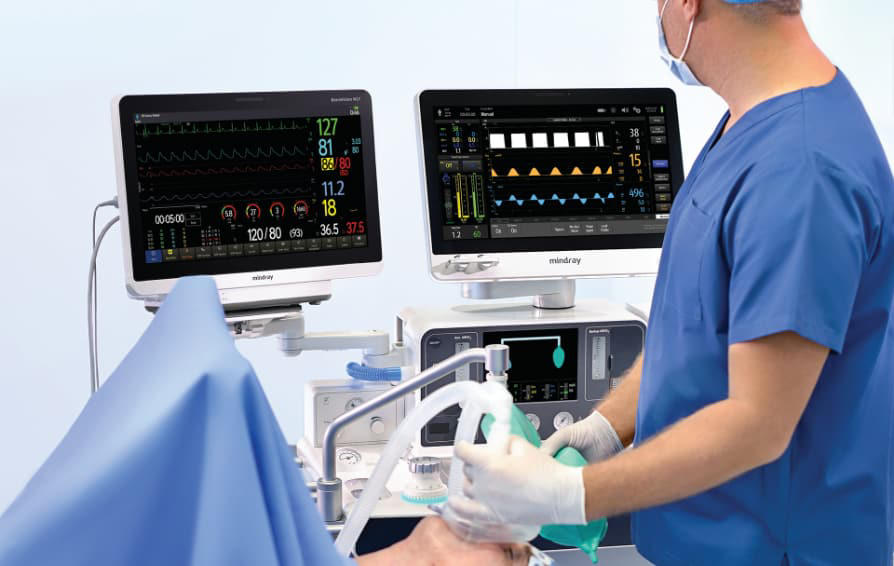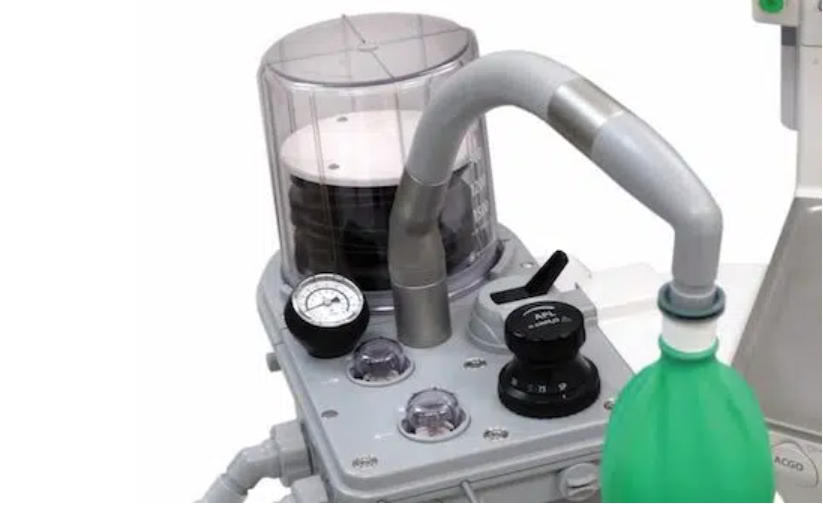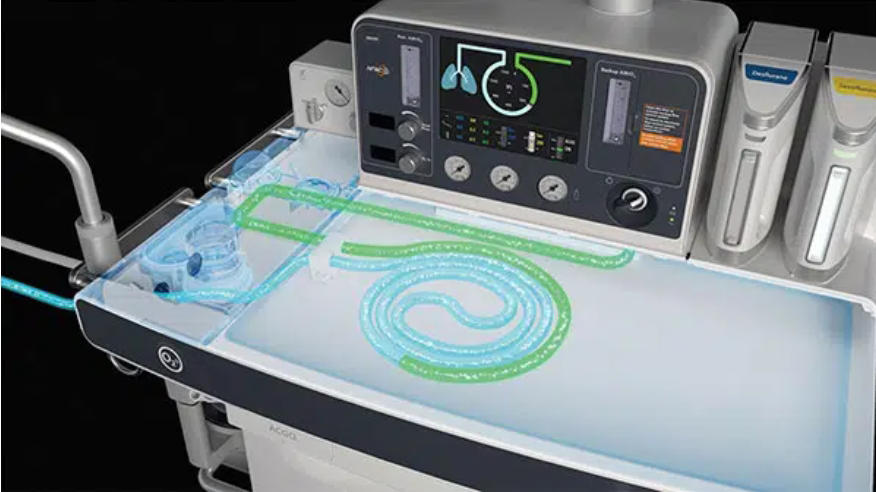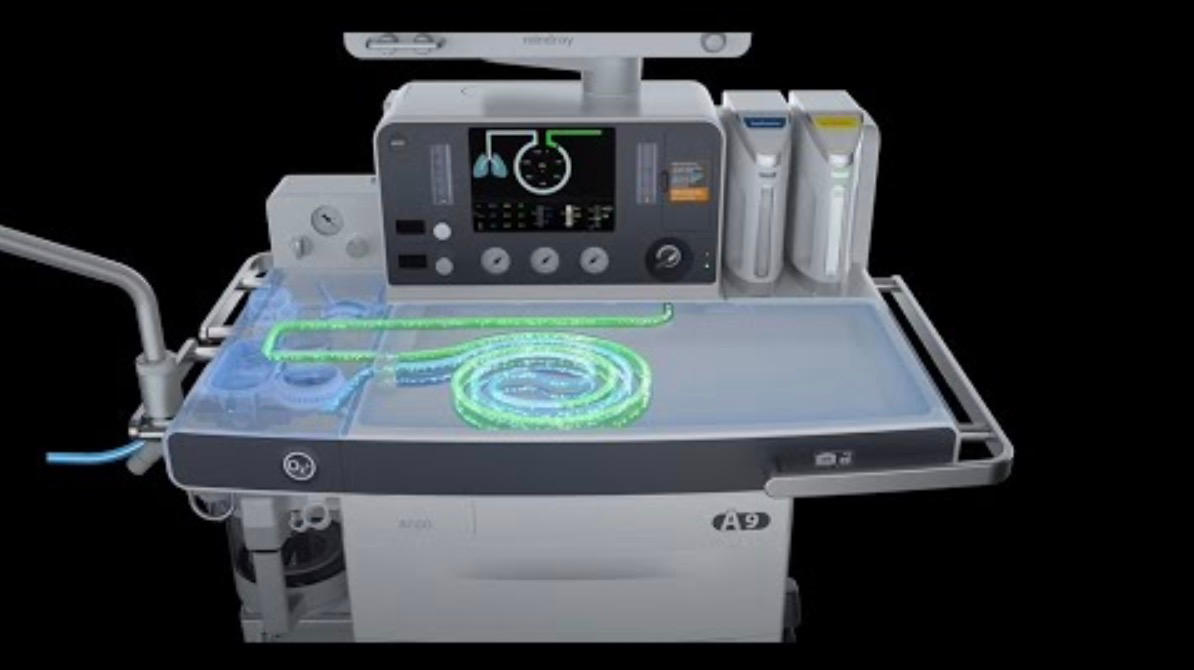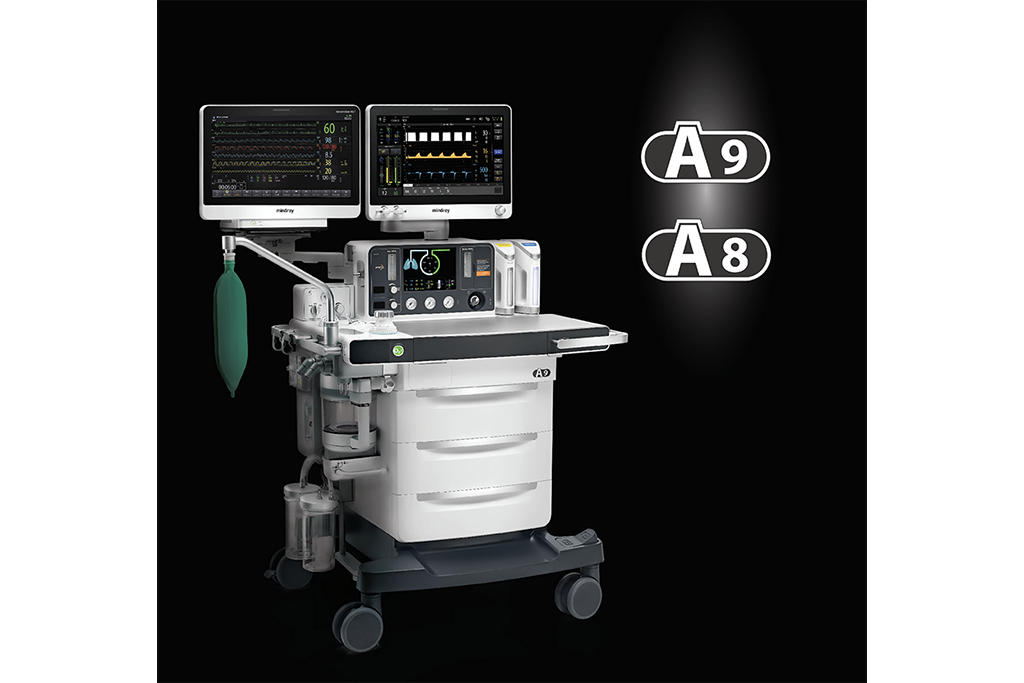The need for ICU-level ventilation has become a global trend within the healthcare industry as more patients are entering the operating room (OR). With patient types ranging from preexisting comorbidities to elective procedures that require specialized care, the need to address specific ventilation requirements in the OR with more precise anesthesia technology is a growing concern for practitioners. From obese patients to pediatric/NICU patients, clinicians in the US are seeking anesthesia machines that can handle ICU-level ventilation with more precision, increased reliability, enhanced patient safety, streamlined workflow, and maximized uptime. To help combat these issues, many clinicians are looking to explore the latest advancements in anesthesia care and the advantages of a volume exchanger breathing system from both a clinician and patient standpoint.
Advances in Anesthesia Ventilators
A critical part of all anesthesia machines, the ventilator, is essentially a set of external lungs. It breathes for deeply anesthetized patients, maintaining the patient’s regular respiratory rates and blood chemistry. When anesthesia machines were first introduced, their ventilators were very simple with just a few ventilation modes. Over time, ventilators became more sophisticated with many advanced ventilation modes, having either a double circuit, bellows design, turbine design, or a single circuit piston configuration.
As the medical needs of patients continue to evolve, ventilator technology has also changed and adapted to meet the growing demands of the clinical landscape. The latest technology coming into the market is the volume exchanger (VE), an innovative rebreathing circuit system that delivers precise and reliable ventilation to patients. Replacing traditional bellows, VE offers less risk of malfunction with no moving components, increases reliability, and may offer a longer service life.
Volume Exchanger Benefits
VE is an innovative breathing system that delivers precise and reliable ventilation to optimize patient safety during anesthesia. The VE separates the drive and patient gas rather than using physical separation with a bellows. The VE delivers ICU-level ventilation, enabling accurate tidal volumes down to 5 ml and providing more exact ventilation capabilities. Additional benefits include:
Envision a better future for clinicians and patients with Mindray Anesthesia.
